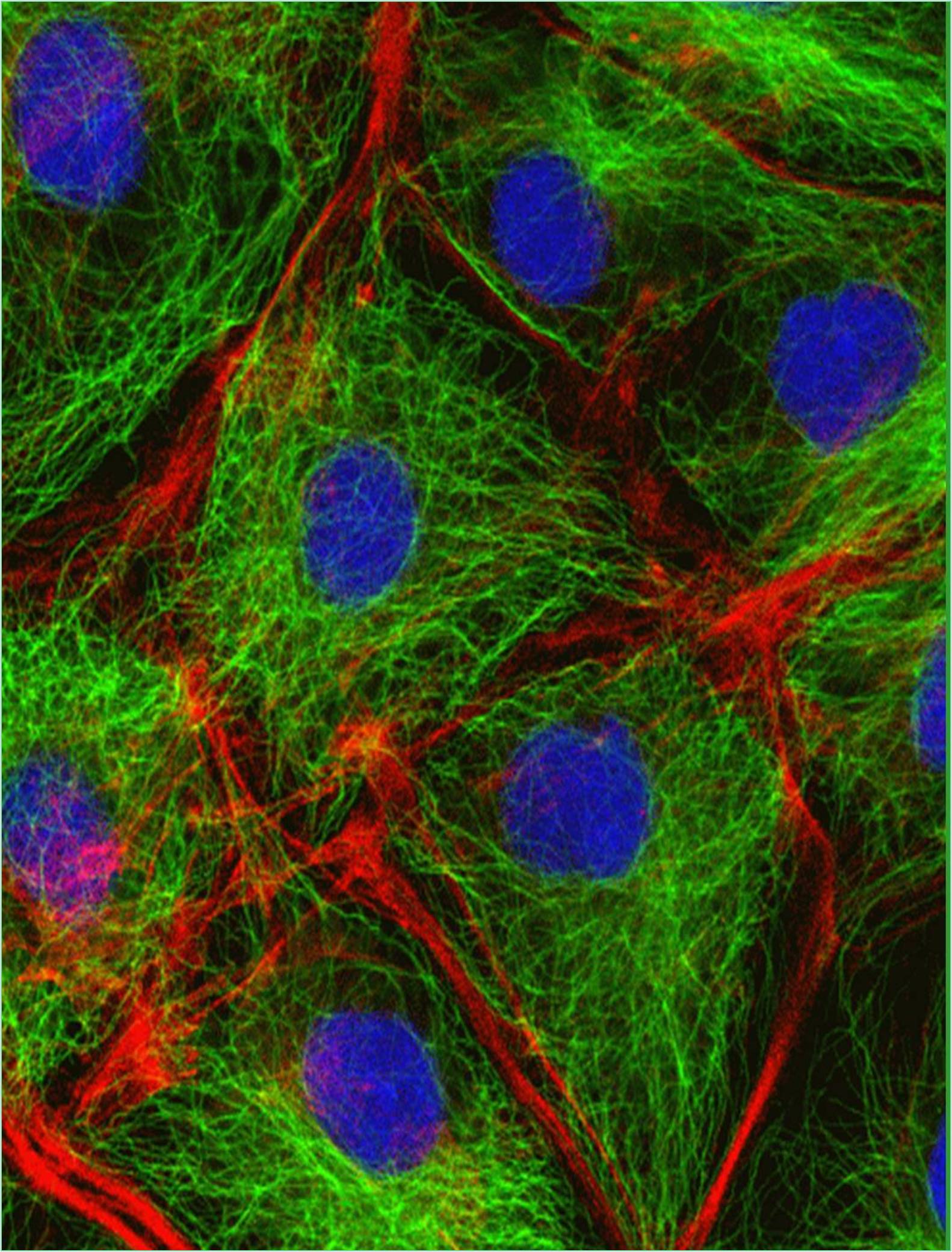



Received: 02-Feb-2022, Manuscript No. GJCMB-22-65807; Editor assigned: 04-Feb-2022, Pre QC No. GJCMB-22-65807 (PQ); Reviewed: 18-Feb-2022, QC No. GJCMB-22-65807; Revised: 25-Feb-2022, Manuscript No. GJCMB-22-65807 (R); Published: 04-Mar-2022, DOI: 10.15651/gjcmb.22.10.001
The term allele refers to a variant of a given gene. In genetics, it is normal for genes to show variation or diversity. All alleles together make up the set of genetic information that defines a gene. For example, the ABO blood group is controlled by the ABO gene with six common mutations (alleles). In population genetics, almost all living human phenotypes for the ABO gene are combinations of these six alleles.
Alleles are variants of the same nucleotide sequence that encode the synthesis of a gene product at the same location in a long DNA molecule. In extreme cases, alleles can be based on Single Nucleotide Polymorphisms (SNPs). At the higher extremes, it can be based on differences in lengths of thousands of base pairs.
Most of the observed alleles show little or no change in the function of the gene product they encode. However, sometimes different alleles can cause other observable phenotypic traits, such as different pigmentation. A prime example of this is Gregor Mendel's discovery that the white and purple coloration of pea flowers is the result of a single gene with two alleles.
In most cases, the genotype interaction between two alleles in the locus can be described as two homozygous prevention phenotypes, and may be described as dominant or recessive. If the hetero conjugate cannot be distinguished from one of Homozygous, he expresses the response, the "dominant" phenotype and other alleles are called “recessive". The degree and pattern of domination vary from Loci to Loci. This type of interaction is the first to present Gregor Mendel for the first time. However, many functions are challenged by this simple classification and are modeled by co-dominant and Polygenic Inheritance.
The term wild-type allele is sometimes used to describe an allele that is thought to contribute to a typical phenotypic trait seen in wild populations of organisms, such as fruit flies (Drosophila melanogaster). Such a wildtype allele has historically been considered to result in a dominant (dominant always expressed), common and normal phenotype, unlike mutant alleles that result in a recessive phenotype, are rare and often harmful. It was once thought that most individuals are homozygous for the wild-type allele at most gene loci and that every alternative mutant allele is found to be homozygous for a small number of genes affected individuals, usually in the form of an inherited disease and more often in the form of heterozygous in the carrier of the mutated allele. It is now recognized that most or all gene loci are highly polymorphic, with many alleles, their frequencies varying between populations and much of the genetic variation hidden as alleles did not produce a clear phenotypic difference.
A population or species of organism usually consists of several alleles at each location among different individuals. Allele variation at a site can be measured by the number of alleles (polymorphism) present or the proportion of heterozygotes in a population. The nonallele is a gene variant that lacks the normal function of the gene because it is not expressed or the expressed protein is inactive.
Some genetic disorders are caused when an individual inherits two recessive alleles for a single gene trait. Autosomal recessive disorders include albinism, cystic fibrosis, galactosemia, phenylketonuria (PKU) and Tay- Sachs disease. Other disorders are also caused by recessive alleles, but because the gene is located on the X chromosome and males have only one copy (i.e. heterozygous), they are more common in males than in females. Examples include red-green color blindness and fragile X syndrome.
While genetic traits are often studied as inherited alleles, epigenetic marks such as DNA methylation can be inherited in specific genomic regions in some species, a process known as Heredity Generational Epigenetics. The term epialleles is used to distinguish these genetic markers from the traditional alleles, which are determined by the nucleotide sequence. A specific class of epigenetics, metastatic epigenetics, has been discovered in mice and humans, which is characterized by the random (probability) establishment of an epigenetic state that can be genetically inherited.